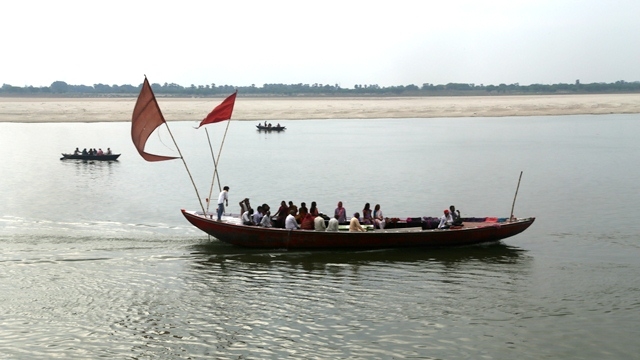India’s 7,500 km long coastline is dotted with some 200 ports, of which twelve are classified as major ports, falling under the jurisdiction of the Government of India, while the rest come under individual state governments. Given the importance of ports in a growing economy, the Government of India anticipates that maritime cargo will grow at an average of 11 percent a year until 2020.
The sector, however, faces numerous challenges. It needs to meet growing demand as well as compete with the larger and more efficient ports in the region - such as Colombo, Singapore, Port Rashid/Jebel Ali, Khor-Fakkan and Salalah. To realize their full potential, India’s ports will need to be equipped to handle larger vessels, improve their transport linkages with the hinterland, increase private sector participation in their operations, upgrade their governance structures, and introduce an efficient legal and regulatory framework.
World Bank Support
Given the port sector’s significance for India, the World Bank has been supporting the Government’s ongoing reforms in the sector, largely through technical inputs. These include:
· Helping the National Transport Development Policy Committee develop India’s Integrated National Transport Policy (2011-2014) by providing inputs on policy research as well as international case studies;
· Conducting a study on the regulation of India’s ports sector for the Ministry of Finance (February 2011);
· Bringing out a study entitled ‘Reforming India’s Ports Sector’ that outlines the sector’s challenges and gives suggestions for reforms (Feb 2013).
Inland Water Transport
India has approximately 5,700 km of inland waterways - rivers and canals - consisting of a number of water systems that are navigable by mechanized barges. Of this, about 4,700 km constitute India’s National Waterway system (National Waterways 1 to 6) managed by the Inland Waterways Authority of India (IWAI).
While in some EU countries, inland waterways handle up to 40% of inland freight, India’s waterways handle less than 0.5% of the country’s inland cargo. Although India’s waterways remain largely undeveloped, they have tremendous potential to grow their share many times over if large modern vessels are able to navigate them throughout the year.
Global experience indicates that inland waterways are safe, fuel-efficient, cost-effective and environment- friendly when operated efficiently with large modern vessels. This gives them an advantage over other modes of transport, especially over the railways that carry most of India’s bulk freight.
However, infrastructure and systems on most of India’s national waterways - shipping channels, locks and sluices, navigation aids, loading and unloading points, as well as river training and regulation - are weak. Specific waterway also need to be made attractive for transporting one or two key commodities, such as minerals or food grains, and an enabling business climate needs to be created to encourage a shift to this mode of transport.
World Bank Support
Since 2013, the World Bank has been working with the Inland Waterways Authority of India to develop potential investments, improve navigability, and increase market share along waterway that have the largest potential – such as NW 1 (Ganges), NW 2 (Brahmaputra) and NW 5 (Brahmani river in Orissa). Given the sector’s huge potential, the Bank’s engagement with inland waterways in India is likely to mature further.
